Indian Slow Cooker Cookbook Top 100 Indian Slow Cooker Recipes from Restaurant Classics to Innovative Modern Indian Recipes All Easily Made At Home in a Slow Cooker By: Myra Gupta Want to kick it up a notch? Double down on healthy living with a full week of fresh, healthy fruit and vegetable juice recipes. A new juice for every day of the week! Grab this bonus recipe eBook free as our gift to you: http://juice7.hotbooks.org Legal notice This book is copyright (c) 2017 by Myra Gupta. All rights are reserved. This book may not be duplicated or copied, either in whole or in part, via any means including any electronic form of duplication such as recording or transcription. The contents of this book may not be transmitted, stored in any retrieval system, or copied in any other manner regardless of whether use is public or private without express prior permission of the publisher. This book provides information only.
The author does not offer any specific advice, including medical advice, nor does the author suggest the reader or any other person engage in any particular course of conduct in any specific situation. This book is not intended to be used as a substitute for any professional advice, medical or of any other variety. The reader accepts sole responsibility for how he or she uses the information contained in this book. Under no circumstances will the publisher or the author be held liable for damages of any kind arising either directly or indirectly from any information contained in this book.  Contents
Contents 
Introduction
As one of the oldest civilizations still in existence, India contains over a billion people. They are spread out over a diverse set of regions, religions, languages, and even clothing choices.
However, this mixture comes together to create the whole of India. Just as the country is varied, so is the food that you can find in the country. Sometimes its defined by the region as there are some different crops that you will find it specific spots. Sometimes it will depend on the major religion of the area. People that have been in India have also changed the food that they eat as well. Indian cuisine is loved around the world because of the variety of spices that it uses.
Of course, the cuisine is still changing and evolving. The food has become more and more popular which means that the flavors arent as foreign as they were once before. Dishes like Garam Masala and Haldi are making appearances in kitchens everywhere. But even as people are falling in love with Indian food, people are running into another issue: time. These dishes are harder to prepare when you are up against the fast moving pace of the rest of your life. People want to still make good food for their family, but it has to be able to work with their life.
Many dishes require much more time and attention than we have to give to the dishes we want to make. In order to help you, were going to focus on the Dum pukht method of cooking. It is a slow cooking process. It means that youll be cooking some food in its own juices. It uses fewer spices but keeps the flavors interesting. And these are dishes that youll be able to put together and then go off and do everything that you need to do.
Youll come home to a house that not only smells great but has a dish ready for you already.
Indian Cooking Basics
Everything about an Indian kitchen is wonderful. The spices and sweetness that mix there are incredibly unique and powerful in the modern world. Just the aroma of the spices will make your mouth water. The dish will be even better than the smell. Because of all the flavors and how they mix together, a lot of people have fallen in love with Indian cuisine.
While some dishes might seem like theyre beyond you, the dishes we are going to go over in this book are going to be well within the range of things that you can do.
Important Techniques
While the common perception is that Indian cuisine and the associated cooking styles are complicated, youll find that there are some very not complicated techniques that will allow you to get to those complicated flavors. However, regardless of the complicated nature of the dish, there are some basics that you will need to know. This recipe book is focused on the slow cooker recipes that you are going to be using, but there are still techniques that are going to be important to you. Were breaking them down here because you might face several of the techniques together for the same dish.
Steaming (Dum)
Dum is the name of the technique of cooking a dish in its own steams.
Steaming (Dum)
Dum is the name of the technique of cooking a dish in its own steams.
In cooking with a slow cooker, you will often be using a variation of this technique. This is accomplished in a slow cooker by putting the lid on top of the slow cooker and allowing none of the steam to really escape. Dum allows the dish to keep the smell and flavors sealed inside. In the past, they would use wheat flour dough to seal the container and then set the pot on hot coals. There, the dish would cook until it was completed.
Tempering (Baghar or Tadka)
When you use tempering, youre going to seasoning your dish with a hot oil that has spices already in it.
Tempering (Baghar or Tadka)
When you use tempering, youre going to seasoning your dish with a hot oil that has spices already in it.
This kind of seasoning can happen at the beginning of a recipe or towards the end. It will depend entirely on the dish. In order to infuse the oil, you will heat the oil until it begins almost smoking. At that point, youll turn the heat way down, then add the spices. After this, you put the oil in the dish. There is a little bit of danger that you will need to keep in mind when you are doing this dish.
When you add the ingredients to the oil, it is likely that oil will bubble and fly around you. You will need to move quickly and make sure that you are protected from the oil that might splash on you. Youll also want to avoid adding water to this mixture as it will cause the oil to splash and will reduce the flavors of the dish. Add the ingredients to the oil one at a time to make sure that youre getting the most out of each ingredient. You should work from whole spices to the herbs to the powders.
Sauting (Bhunao)
This is one of the most common ways of cooking foods in all of Indian cooking.
You will saute the ingredients over medium to high heat. Youll have to constantly stir the ingredients while you are going. When you are doing this, you might want to add some water to the ingredients. This will keep them from sticking to the pan while you are cooking them. This sauting technique will bring out the best flavors of the ingredients.
Grilling (Tandoori Cooking)
In the past, cooking in the kitchen has been done in clay ovens which are also known as tandoors.
Grilling (Tandoori Cooking)
In the past, cooking in the kitchen has been done in clay ovens which are also known as tandoors.
The recipes in this book dont require you to have a tandoor. They have been adjusted to better fit with the grill or oven in your kitchen. Tandoori cooking can also include some marinating. We have included times in our recipes to make sure that youre getting the most out of the flavors in your dish. Youll definitely want to keep the dishes marinating for as long as possible.
Deep-Frying (Talina)

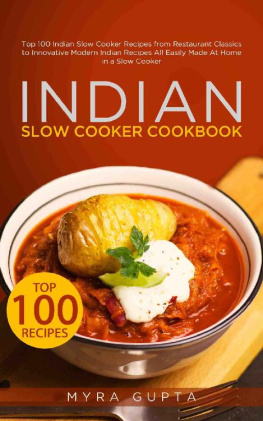
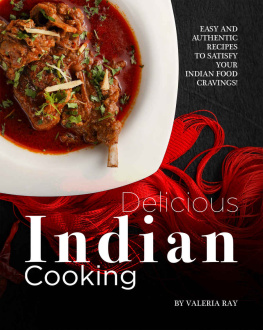
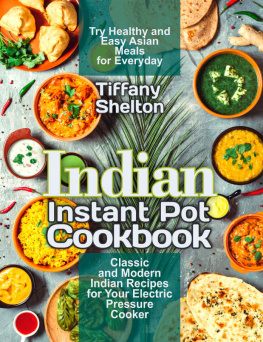
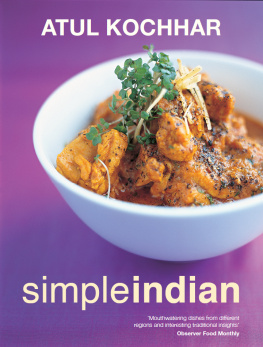
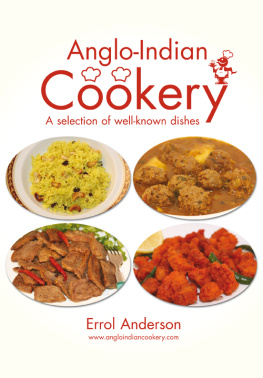
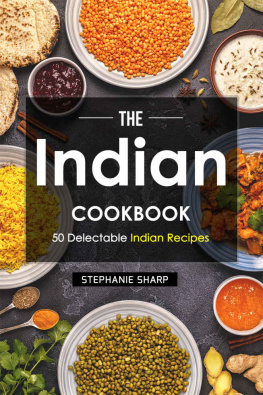

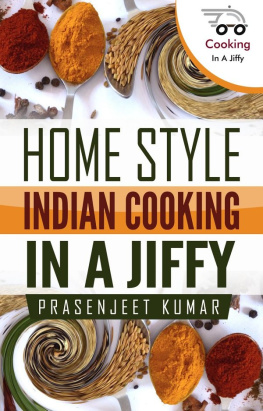
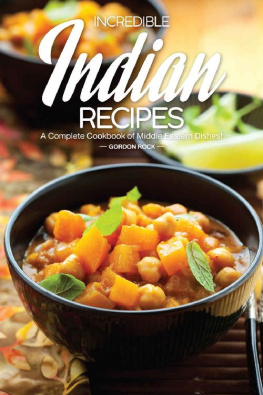
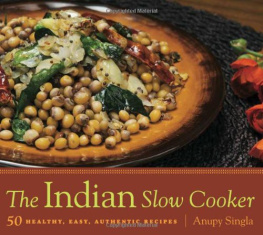
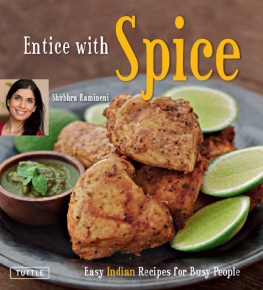
 Contents
Contents 